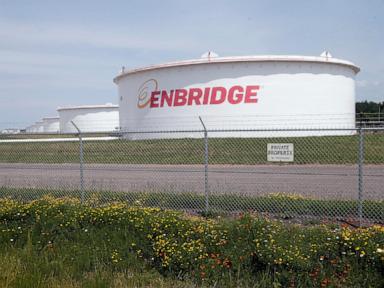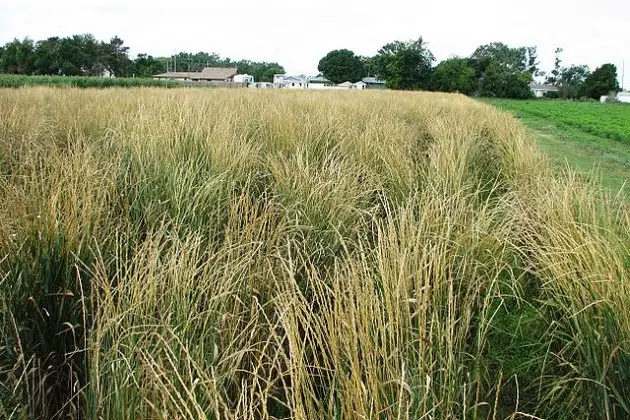(KNSI) – A recently developed crop has the potential to reduce the impact of nitrate leaching from farm fields into water supplies.
Kernza wheat, or intermediate wheatgrass, is different from other types of wheat. While most grain crops are annual plants, Kernza is a perennial; because it’s designed to live year-round, its roots grow deeper into the soil, says Nathan Drewitz, a University of Minnesota extension educator. Drewitz’s work focuses on crops grown in Stearns, Benton and Morrison counties, and he says a few producers in the area have tried out Kernza.
“They tried it pretty early on and definitely have received mixed reviews,” Drewitz said. “It’s right in concept. As things were improved, I think it will be come harder and harder to say no to that, especially if we’re able to get yields up as well as make it a little easier to manage.”
Besides being grown for grain and forage, Kernza could also be used as a way to reduce nitrate levels in groundwater systems. The Star Tribune reports that Kernza planted around Minnesota water wells with higher quantities of nitrates reduced those nitrate levels dramatically.
Drewitz says nitrate is the plant-available form of nitrogen, and producers use nitrate fertilizers to boost yields from corn and soybean crops. However, some of that extra nitrate can leach through the soil and into water supplies. While the Minnesota Department of Health says most drinking water systems are at safe nitrate levels, consuming too much nitrate could cause health problems, particularly in infants. Because Kernza’s roots extend further down into the soil than most other grain crops, it can catch some of that nitrate that would have otherwise continued to leach.
“As the nitrate goes down in our soil profiles, as it starts leaching toward our waterways, if we have that perennial, have those root systems growing down and picking up those nitrates that would generally be out of the range of something like corn or soybeans or our hay crops or other small grains,” Drewitz said. “Then, we’re picking that nitrate back out of that water.”
Taylor Becker, a University of Minnesota extension educator who focuses on agricultural water quality, says Kernza also uses less nitrogen than corn, which could help in areas where there are high levels of nitrates in the water supply. However, in terms of reducing nitrate levels in water, “changing a crop is, I would say, a drastic intervention.”
“Certainly the number one thing that we look at when we look at reducing nitrate leaching … is rate — the amount of nitrogen that you’re actually applying to corn,” Becker said. “Reducing a rate that you’re applying maybe from 210 pounds per acre or more down to like 180 or 150, that can really have a significant effect on nitrate leaching.”
Whether or not Kernza becomes a more abundant crop in the Midwest depends on a lot of factors, Drewitz said.
“You have to be able to be in a position to make that kind of a switch,” he said. “You have to have the appropriate equipment in the appropriate markets, the appropriate seed sources; those sorts of things have to come together first. I’ve got a lot of hope, I do really have a lot of hope. But we’re going to see where this goes, though.”










